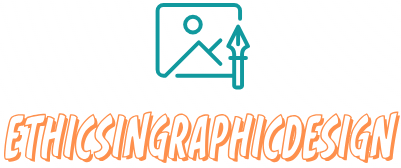The Best Practices for Designing Newsletters
Designing effective newsletters is crucial to engage your audience and deliver your message appealingly and professionally. Here are some best practices to consider when designing newsletters:
Define your goals and audience
Before designing your newsletter, clearly define your goals and understand your target audience. Determine what you want to achieve with each newsletter and tailor your design to match the interests and preferences of your readers.
Create a clear and visually appealing layout
A clean and well-structured layout is essential for a successful newsletter. Use a grid-based layout to organize your content, ensuring that it is easy to read and navigate. Utilize headings, subheadings, and bullet points to break up text and improve readability. Include whitespace to provide visual breathing space and avoid clutter.
Brand consistency
Maintain consistency with your organization’s brand identity in terms of colors, fonts, imagery, and logo placement. Consistent branding builds recognition and reinforces your brand’s credibility.
Use eye-catching visuals
Incorporate compelling visuals such as high-quality images, infographics, or illustrations to capture your readers’ attention. Visuals not only make the newsletter visually appealing but also enhance the storytelling aspect of your content.
Balance text and visuals
Strike a balance between text and visuals within your newsletter. Use concise and compelling copy that directly addresses your audience’s interests. Break up the text by incorporating visuals and spacing to make it more digestible.
Call-to-action (CTA)
Include clear and prominent CTAs to guide your readers towards the desired action, whether it’s clicking a link, making a purchase, or engaging with your content. Effective CTAs should be visually distinct, concise, and compel readers to take the desired action.
Mobile-friendly design
With a significant portion of users accessing emails and newsletters on mobile devices, ensure your newsletter design is responsive and mobile-friendly. Use a responsive email template that adjusts to different screen sizes, optimizing the user experience across devices.
Test and optimize
Before sending your newsletter to your entire subscriber list, test it across different email clients and devices to ensure consistent rendering and functionality. Pay attention to details such as font size, image alignment, and CTA buttons. Test different subject lines, layouts, and content strategies to optimize your newsletter’s performance.
Analyze performance
Regularly review metrics such as open rate, click-through rate, and conversion rate to assess the effectiveness of your newsletter design. Use these insights to iterate and improve future newsletters.
Make it easy to unsubscribe
While you want to engage your readers, it’s important to provide an easy and visible unsubscribe option. This demonstrates transparency and respect for your subscribers’ choices.
Remember, the design of your newsletter should align with your content and branding strategy while prioritizing the user experience. By implementing these best practices, you can create visually appealing newsletters that effectively engage and inform your audience.



